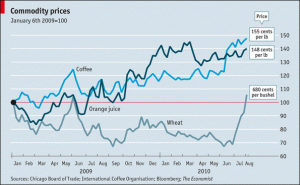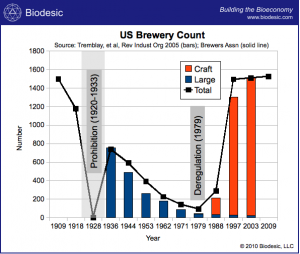In England, the government is asking for views on vegetable varieties of ‘no intrinsic value for crop production but developed for growing under particular conditions’. They mean heritage and heirloom varieties, which could be promoted through Commission Directive 2009/145/EC on conservation and amateur varieties of vegetables, but we advise caution. Can worthless be far behind?
Seriously, let them know what you think.

